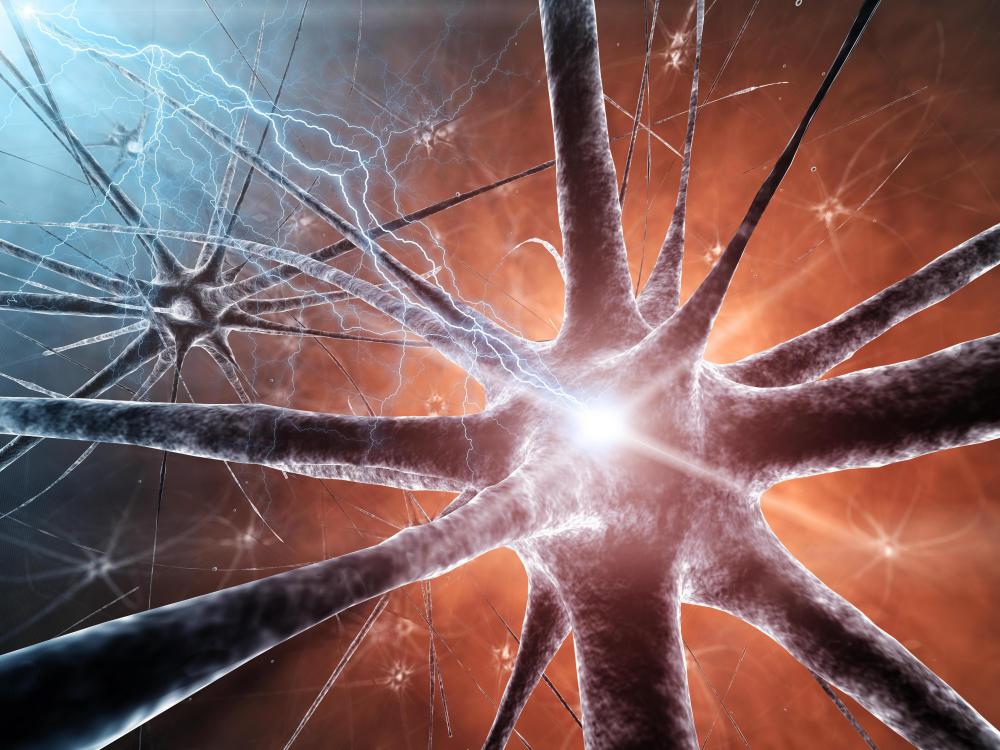At TheHealthBoard, we're committed to delivering accurate, trustworthy information. Our expert-authored content is rigorously fact-checked and sourced from credible authorities. Discover how we uphold the highest standards in providing you with reliable knowledge.
What Are the Stages of Action Potential?
Usually, the stages of action potential are summarized in five steps, the first two of which are the rising and the overshoot phases. The three latter steps would be the falling, the undershoot, and the recovery phases. Some sources, whether physiologists or textbooks, sometimes include an initial resting phase before the rising phase when enumerating the stages of action potential, probably to illustrate the status quo of the neuron before action potential begins.
Action potential is an event that happens between neurons in order to send messages from the brain to the different parts of the body, whether for voluntary or involuntary actions. In the simplest sense, action potential can be described as short electrical pulses that are created inside the cell body of the neuron. These pulses are caused by the exchange of positive and negative ions when potassium and sodium ions exit and enter the cell body. The “spark” from the exchange, then, travels down the axon, or the stem-like part of the neuron, towards another neuron, and the cycle goes on. In many cases, when the brain needs to “send” many “messages,” action potential can occur in a series called a “spike train.”

A neuron usually contains positively-charged potassium ions (+K), while the sodium ions (+Na), also positively charged, reside in the periphery of the neurons. During the resting phase, the neuron is inactive and contains an “electric potential” of -7- millivolts (mV). This negative charge is maintained by the neuron’s sodium-potassium pump that brings in two +K ions in while carrying three +Na ions out of the membrane. When the brain “sends” a message, a significant amount of +Na ions enter the neuron, and the rising and overshoot stages of action potential occur. In these stages, the neuron experiences “depolarization” and becomes positively charged due to the entrance of +Na ions.

The neuron reaches the overshoot stage when its positive charge exceeds 0 mV. The more positively charged the neuron becomes, the more sodium channels begin to open, and more +Na ions rush in, making it harder for the potassium-sodium pump to carry the ions out. To let out positive ions, the potassium channels will open as soon as the sodium channels close, and the falling and undershoot stages of action potential take place. In these phases, the neuron experiences “repolarization” and becomes more negatively charged, so much so that the charge will hit below -70 mV in the undershoot stages, also known as “hyperpolarization.”

After both potassium and sodium channels close, the sodium-potassium pump functions more effectively in bringing in +K ions and carrying out +Na ions. In this final recovery stage, the neuron returns to its normal state of -7 mV, until another episode of action potential occurs. It is very interesting to know that all these stages of action potential occur in as short as two milliseconds.
AS FEATURED ON:
AS FEATURED ON:













Discuss this Article
Post your comments